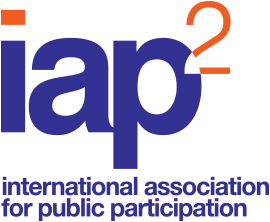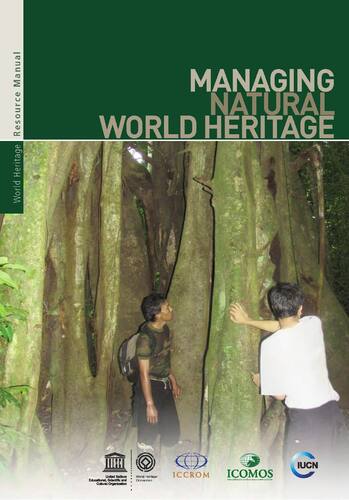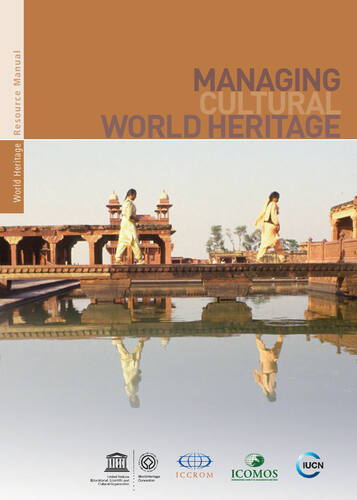Social and Cultural Connections and Civil Engagement
Description
Community members and groups within communities have strong ties to other groups and individuals and a sense of community and a connection to place. Individuals and groups can enjoy their freedom of association. Community members have access to and freedom of a variety of cultural activities and artifacts, reflective of the diversity of the community’s population. Community members are able to engage in participative decision-making and public input is sought on key issues that affect the community. The community is engaged in regular inclusive community development planning processes to actively design and implement a vision for a thriving, sustainable community.
Share this Subissue on:LinkedIn
Resources
Community Engagement – A Getting Started Toolkit for Exploration and Development Companies
This community engagement toolkit offers practical guidance and in-field engagement support that will help you to build relationships with communities. The tools include a template to track engagement, sample maps to help assess your area of influence (AOI), and a checklist and feedback form to supplement your stakeholder analysis. While the guidance is specific to practitioners in the field of materials extraction, most of the tools - which can be downloaded separately - should be useful to practitioners doing stakeholder engagement in any industry.
International Association of Public Participation (IAP2)
Public input helps organisations make better decisions and achieve stronger social approval. Towards achieving this end, IAP2 Canada - an association of professionals in the field of public participation (P2) - have created resources and training that will help you to improve the practice of public participation, regardless of your geographic context.
Among their resources is IAP2's spectrum of public participation, which will help you to identify your goals and associated commitments to the public. The underlying premise is that public input will help the organisation make a better decision, and with stronger social approval.
How to engage in civic dialogue: A Best Practices Guide for Business
This guide from the Network for Business Sustainability (NBS) can help you to participate in - and lead - conversations about sustainability with communities and the broader public. It explains the opportunity for business as a pathway to advancing sustainability, and clarifies the role of businesses in civic dialogue. Most valuable is section three, which explains best practices for engaging in civic dialogue. This resource will be especially useful for agents of change, leaders, and other professionals engaged in public relations.
Managing Natural World Heritage
This comprehensive resource manual will help your company to manage natural heritage sites within your purview, as well as to support state efforts to preserve such sites. The manual introduces a six-stage framework for the management process: understanding the context of the site; planning site management; studying allocation resources and other inputs; the resulting series of management processes; the outputs; and the conservation impacts or outcomes.
Managing Cultural World Heritage
This comprehensive resource manual will help your company to manage cultural heritage sites in compliance with the requirements of the World Heritage Convention. This capacity-building tool will help practitioners who are directly responsible for heritage conservation and management to strengthen their knowledge, abilities, and skills around defining, assessing, and managing heritage management systems. The manual also introduces a framework for developing, implementing, and monitoring a management plan.
Understanding Company-Community Relations Toolkit
This toolkit from the International Council on Mining and Metals (ICMM) can help you to build stronger, more resilient relationships with communities. Divided into five progressive elements (understand, measure, assess and respond, planning, and organisational challenges), it enables companies to identify and evaluate the factors that influence community support; gauge community support for a particular project or operation; and develop targeted approaches for improving company-community relationships.
Although this toolkit was first published in 2015, the content remain relevant, and can be readily applied outside of the context of the mining industry.
Business and Reconciliation: An Update Exploring the Performance of Public Companies in Canada
This report from the Reconciliation & Responsible Investment Initiative uses a broad set of indicators to highlight corporate Canada's progress in advancing reconciliation. The indicators address five central themes: recognition of Indigenous peoples in diversity policies and corporate leadership; employment and advancement of Indigenous employees; employment-related training and education; commitment to upholding Indigenous rights; and community investment and support. With this criteria the report provides an analysis of how 78 Canadian companies across a range of industries are equitably engaging with Indigenous Peoples, and includes key findings in relation to hiring, training, referencing Indigenous Peoples in policies, and setting formal commitments to uphold and advance Indigenous rights. This is an important resource for understanding the work that businesses in Canada are undertaking to meet the Truth and Reconciliation Commission of Canada's Calls to Action, and may help you to understand some of the approaches that are being adopted to advance reconciliation.
Community Development Toolkit
This toolkit from the International Council on Mining & Metals (ICMM) can help you engage community members on decisions that affect them. It consists of 20 practical tools to support community development across every stage of the mining process. The tools are organised into five groups (relationships, planning, assessment, management and monitoring, and evaluation), and each tool is accompanied by an outline of key steps to follow. This resource will be widely useful to mining sector professionals, especially those on community relations and sustainability teams.
State of Conservation Information System (SOC)
The World Heritage Convention's State of Conservation Information System provides reliable data on the state of conservation of World Heritage properties since 1979. It features statistical insights into the conservation of World Heritage; maps and other visualisations; and indexing that allows users to understand the threats/factors that are affecting World Heritage properties in both the past and present.
IFC Performance Standard 8: Cultural Heritage
This performance standard aims to guide companies in protecting cultural heritage from adverse impacts of project activities and supporting its preservation. It also promotes the equitable sharing of benefits from the use of cultural heritage.
Dive into intangible cultural heritage!
UNESCO has created detailed visual navigation tools to help you understand the diversity of intangible cultural heritage and the deep interconnections between cultural practices. It consists of visualisations that relate to the Sustainable Development Goals, biomes and natural resources, geographic domains, and the threats facing cultural heritage. This tool will be most useful to those looking to understand how business activities may impact intangible cultural heritage within communities connected to their value chain; relevant departments may include, community engagement, stakeholders relations, and sustainability.
Healthy People 2030: Social Cohesion
This literature summary from the U.S. Department of Health and Human Services can help you better understand what social cohesion is and the different ways it can positively and negatively affect an individual’s health. It illustrates these connections by reviewing the core components of social cohesion, such as social capital, collective efficacy, social networks, and social support. These insights are applicable to HR and sustainability practitioners, as well as anyone concerned with the health of their colleagues, community members, supply chain workers, and beyond.











